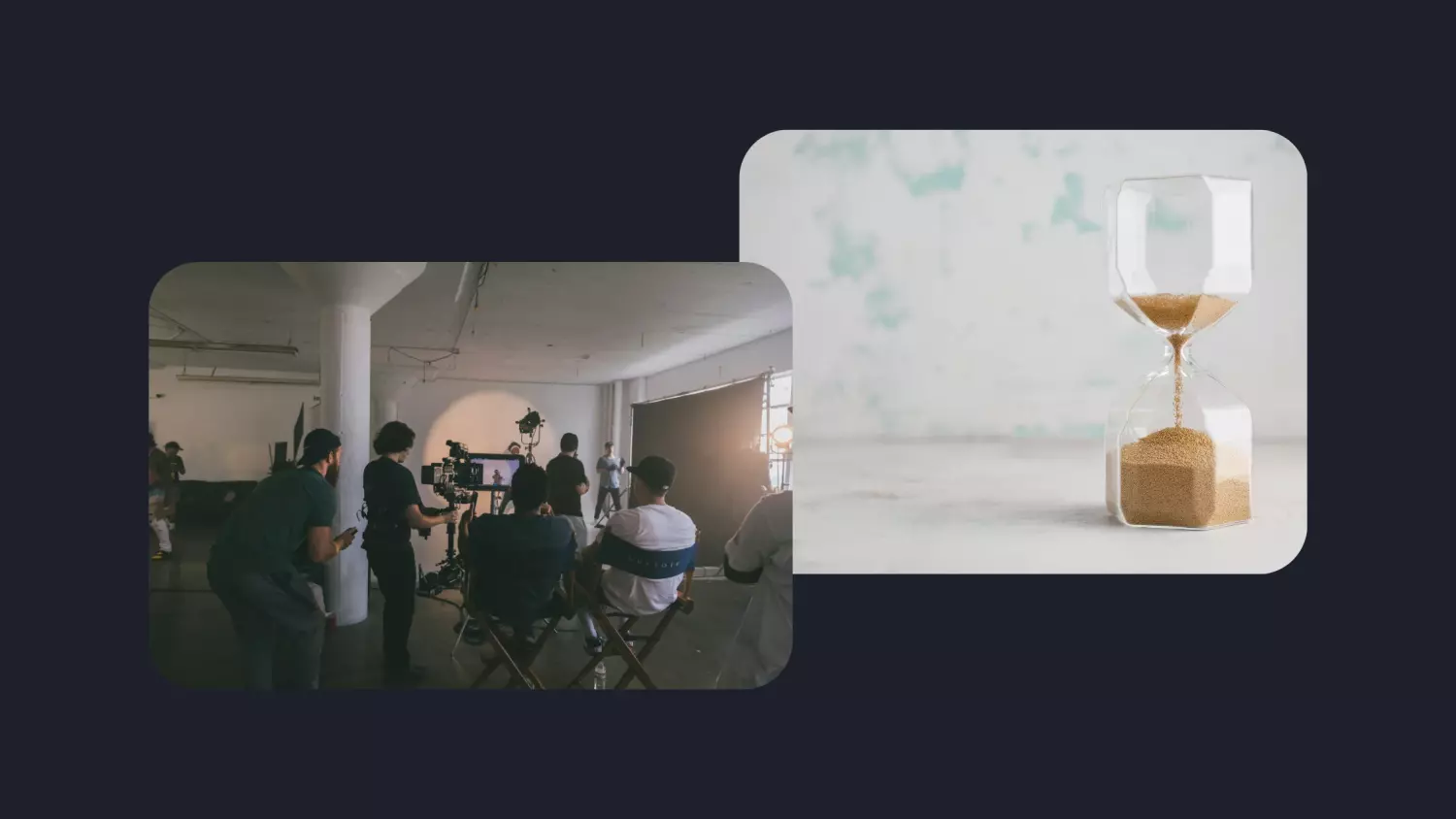Post-production, it’s that phase of content creation that can either be your secret weapon or a bit of a puzzle. Done right, it can bring out the best in your content and elevate your brand. But, let’s be real, when it goes off track, it’s like trying to tame a wild beast and can lead to delays in your content launch plans.
Getting the right tools to keep post-production on track
Now, let’s talk about tools that can make your post-production life easier. Think of post-production as a complex orchestra where everyone’s got their instrument. But, the way we usually communicate can be a bit like using smoke signals in the digital age. Sharing files with retouchers via WeTransfer or throwing reshoot requests at the studio team through emails – it can be a real information overload for your teams.
More information shared often equals more delays in getting the green light. Why? Usually, it’s the tools that are playing the spoilsport. Good old email, Microsoft Teams, and Whatsapp – they’re great for quick chats but not so much for managing big files and coordinating with multiple teammates. And with information being communicated across multiple platforms, it’s difficult to keep track and ensure the version is the latest.
Here’s where things get interesting. By setting up clear processes and embracing automation, you can turn the tide. Say goodbye to messy spreadsheets and chaotic emails and Teams chats. By introducing technology and cloud-based workflow tools such as Lets Flo, you can make teamwork work smoothly like a well-oiled machine. So your teams don’t need to work in silos anymore.
Standardised processes make post-production simpler
Aside from how your technology is set up to support team communication, effective processes also go a long way to make post-production as straightforward as possible by ensuring consistency at scale. For example, images shot across several lighting setups should appear on the same backgrounds, while all products should be scaled to a consistent size so users can understand their sizing from product listing pages.
These small tweaks all make a big difference to the success of your brand’s product lines.
Beyond post-production’s creative application, colour-matching post-shoot helps reduce returns caused by physical products poorly matching the imagery on their PDP. Often assets that are compressed and optimised for the web won’t appear colour-matched on external devices, partly because factors like screen temperature and brightness can’t be controlled. In this case, preparing a colour profile for imagery makes a huge difference. Meanwhile, digital style guides can help introduce consistency for file naming conventions, keywords, and pixel dimensions.
Let’s not ignore the domino effect of small slip-ups. Picture this: you’re all set to shoot a bag both as a standalone piece and on a model’s arm. A tiny glitch in lighting messes up the colour consistency. Fixing that hiccup can snowball into content delivery delays if not managed efficiently. All the editing work needs to be communicated and ironed out in post-production.
Harmony Between Copy and Imagery
Think of copy as the unsung hero of content. It’s like that sidekick who gets overshadowed by the superhero – the visuals. But copy tends to be the most rushed and very last step of the post-production workflow. Imagine having your images all geared up and waiting while the copy is still in the works. It’s like having a cake without the icing – just not the same, right?
Copywriters can usually get to work as soon as contact sheet imagery is delivered, so consider integrating their team into your production workflow so they can access imagery as soon as it’s approved. Then, ensure they have focused, uninterrupted time to write great copy, with access to all the product information they need. With these processes in place, your copywriters will be able to deliver copy in parallel to the delivery of all other content.
This can be optimised with a workflow platform in place, so your copywriters are geared up and ready to go, working simultaneously with other teams.
Navigating the path to improving post-production
So, how do you actually level up your post-production game? It’s like dissecting a complex puzzle into manageable pieces. By breaking down each step, you can work out how long each of them takes and which element in the process requires some attention – and more importantly, where the bottlenecks are. To streamline processes, technology plays a big part.
Brands like Burberry and Frasers Group used Lets Flo to improve their production and post-production processes. By having all information under one roof, all of their creatives worked on a single platform, reducing back-and-forth communications across multiple platforms and unnecessary admin work.
Want to see how you can use Lets Flo to optimise your operations and reduce time-to-market? Request a live demo and see Lets Flo in action here.






